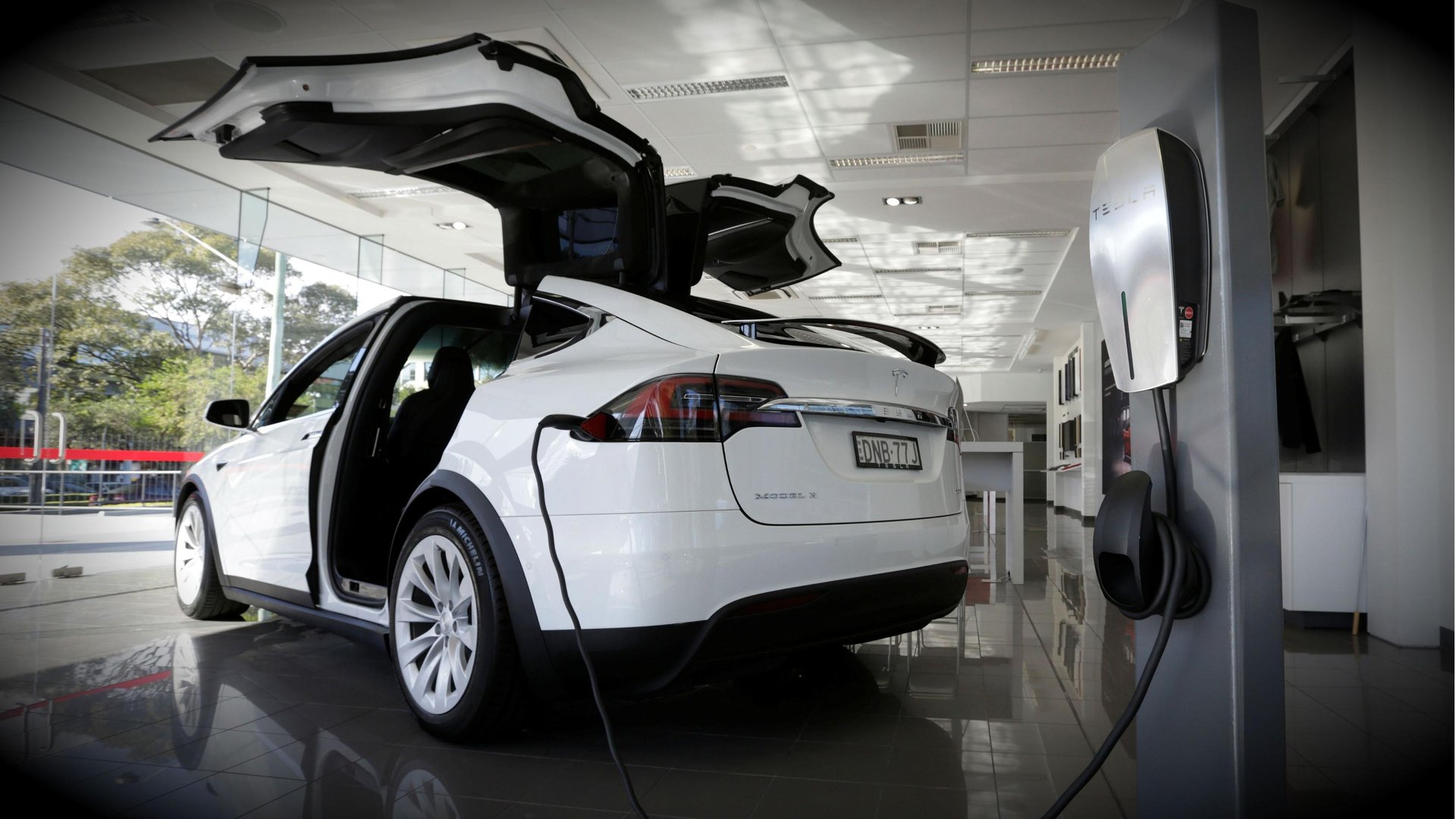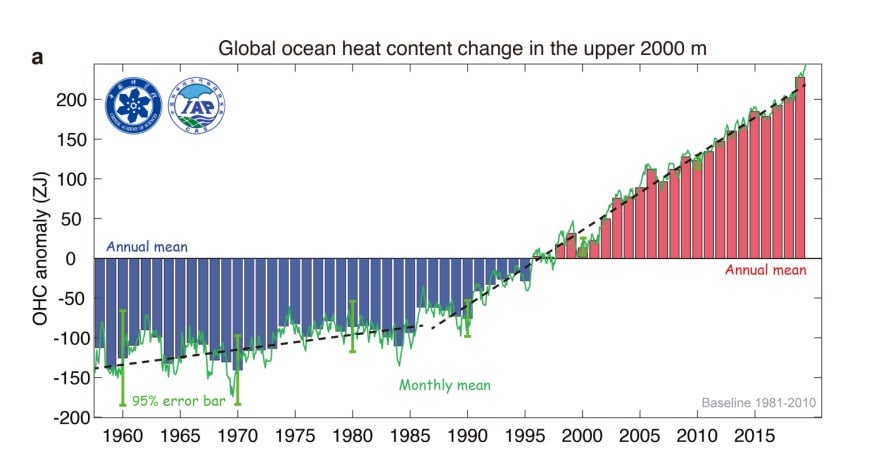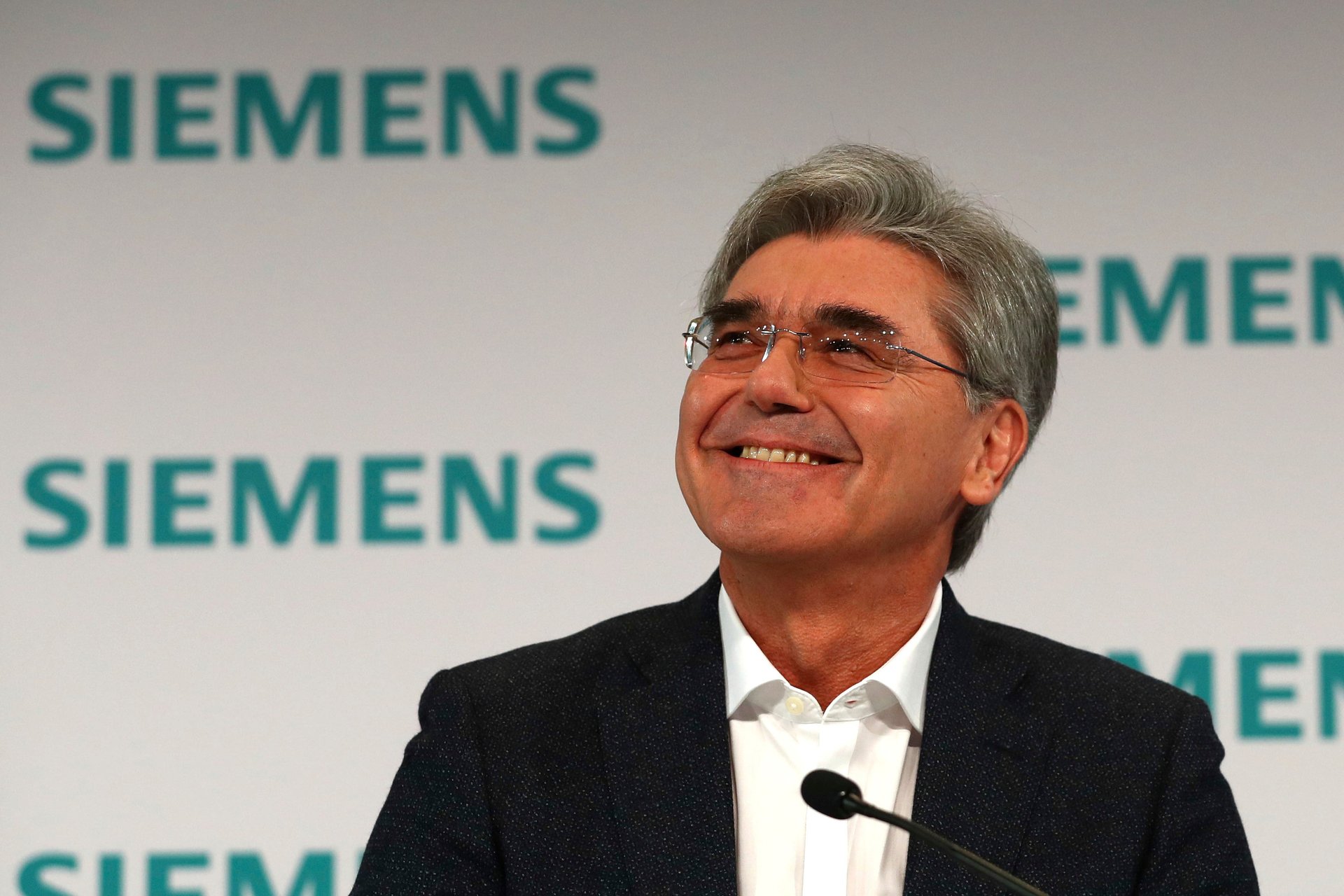The Race to Zero Emissions: hydrogen fuel, EV codes, and nuclear fallout
Here’s what happened over the past week that helped or harmed the world’s chances of cutting greenhouse-gas emissions to zero.

Here’s what happened over the past week that helped or harmed the world’s chances of cutting greenhouse-gas emissions to zero.

Decreases emissions
1️⃣ US emissions fell 2% in 2019. You can thank markets, not policy. Coal saw its largest annual decline in history in the electricity sector (replaced by natural gas, wind, and solar), but other sectors’ emissions remained “stubbornly flat,” according to the Rhodium Group.
2️⃣ New building codes will make every garage in the US ready for electric cars. The International Code Council approved voluntary guidelines to make all new homes built in the US “EV-ready;” most states are expected to approve them.
3️⃣ Spain rolled out Europe’s largest low-emission driving zone. Barcelona is restricting polluting cars’ access to its metropolitan area (95 square km; 37 square miles) including four neighboring towns. The zone bans pre-2006 diesel cars and pre-2000 gasoline cars.
4️⃣ Google’s newest data center near Las Vegas will be powered by 350 megawatts of solar. The deal between a Nevada utility and Google includes 280 megawatts of battery storage. The tech giant should be able to meet its data center’s power needs with its own renewable sources.
5️⃣ Hydrogen fuel cells saw a banner 2019. For the first time, the sector added more than 1 GW of new annual capacity. Demand for fuel cell vehicles from Toyota and Hyundai drove growth.
I object
“We Can’t Slow Climate Change Without the Energy Companies,” wrote Ted Halstead, chief executive of the business and environmental coalition Climate Leadership Council, in The New York Times last week. “Bigger and faster emissions reductions are possible if environmentalists and industry work together.” But such rhetoric struck a nerve with researcher Benjamin Franta of Stanford, who has spent years studying the history and behavior of fossil fuel producers. In a long thread on Twitter, Franta elucidated some of the historic action and inaction from the industry—it’s worth a read.
Net-zero (for now)
1️⃣ The world’s largest investor, BlackRock, joined an investor group pushing companies to address their greenhouse gas emissions, after months of protests and shareholder unrest over climate inaction. (It holds assets in BP, Shell and Exxon Mobil.) Climate Action 100+ represents more than $35 trillion in funds.
2️⃣ House Democrats announced a plan to deliver 100% clean energy to the US by 2050. The CLEAN Future Act proposes a climate bank, federal procurement standards, state partnerships and other measures to eliminate net-carbon emissions from the US economy. A draft bill will be introduced later this month.
3️⃣ Solar and wind are not growing fast enough to meet Germany’s new demand, according to the environmental group Agora. Construction delays, permitting problems, and market jitters have pushed new construction of onshore wind power to the lowest level in two decades.
4️⃣ A pilot plant to turn waste plastic into hydrogen fuel is edging toward commercialization. The UK’s Waste2tricity in northwest England is is building a commercial plant to turn unrecyclable plastic and tires into syngas. The heated mixture generates hydrogen fuel for future storage and methane gas to be burned for heat and electricity.
5️⃣ Chinese government researchers say new coal-fired power plants must end to meet climate goals. The most economical way for China to achieve its climate goals is ending new coal power plant construction and retiring inefficient plans, according to a report published last week by a government-backed research institute and the University of Maryland Center for Global Sustainability.
Boiling point

Oceans trap 90% of the excess heat trapped by greenhouse gases. Without them, the Earth would have overheated long ago. But everything has its limit. A new analysis, published Jan. 13 in Advances in Atmospheric Sciences, shows the rate of thermal energy being poured into the ocean has increased dramatically. It was four and a half times faster between 1987 to 2019 compared to 1955 to 1986, an amount of energy equivalent to “every person on the planet running 100 microwave ovens all day and all night.” Marine heat waves are driving terrestrial fires, loss of marine life, and intensifying storms.

🔼 Increases emissions
1️⃣ Oil and gas expansion may emit as much pollution as 50 new coal plants by 2025. The petrochemical, plastics, fertilizer, and gas industries are expected to drive up CO2 emission by 30% over 2018, according to the non-profit Environmental Integrity Project.
2️⃣ Siemens refused to cancel an Australian coal mine contract over protests. Siemens will supply rail signaling equipment for a mine opening up one of the world’s largest coal basins, capable of emitting hundreds of millions of tons of CO2 annually for the next 50 years.
3️⃣ Australia’s bushfires have emitted almost as much CO2 as the Amazon’s fires. The “megafires” raging in Australia are adding almost as much carbon dioxide (370 million tons) to the atmosphere as massive fires in the Amazon did last year. Scientists worry a warming climate means Australia’s forests, once a carbon sink, will not grow back for decades.
4️⃣ What happens when you shut off nuclear? You burn more coal. Researchers at Carnegie Mellon University studied the effects of shutting down roughly half of Germany’s nuclear power plants following the 2011 nuclear accident in Japan.
5️⃣ Fossil fuel companies outspent renewable energy firms 13 to 1 in political spending during the 2017-18 midterm election. Yale Climate Connections analyzed public data showing the fossil fuel industry spent $359 million on lobbyists and campaign contributions in the last cycle. Renewable energy companies, by comparison, spent $26 million over two years.
Stats to remember
As of Jan. 11, the concentration of carbon dioxide in the atmosphere was 413.15 ppm. A year ago, the level was 413.45 ppm.
For Quartz members
Accounting is at a crossroads. The Big Four accounting firms “are under more scrutiny than at any time since the Enron scandal,” writes Quartz contributor Michael Rapoport. This week’s state of play explains what’s wrong with how public companies are audited and how the industry is trying to course correct.
Have a great week ahead. Please send feedback and tips to [email protected].